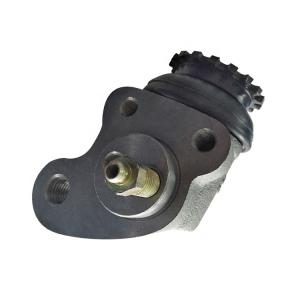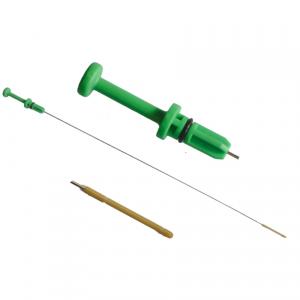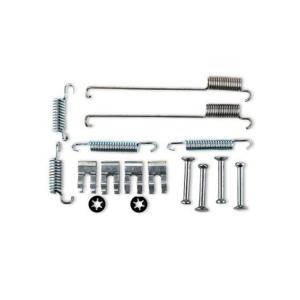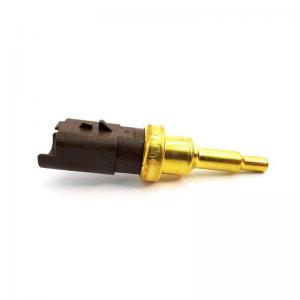Shock absorber
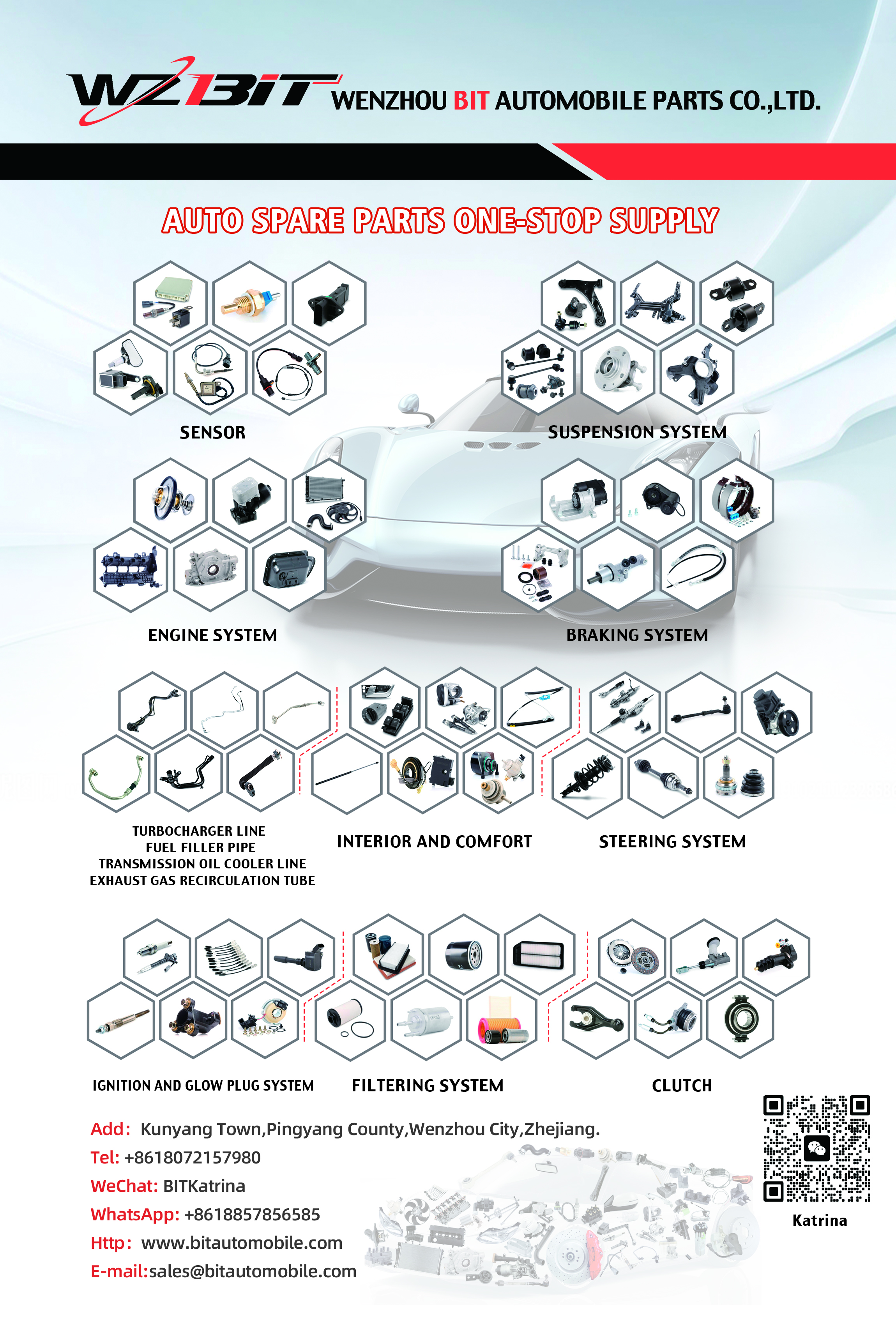
The shock absorber, often referred to as a damper, is a critical component of a vehicle's suspension system. Its primary function is to absorb and dampen the impact and vibrations from the road surface, ensuring a smooth and stable ride by controlling the oscillation of the springs.
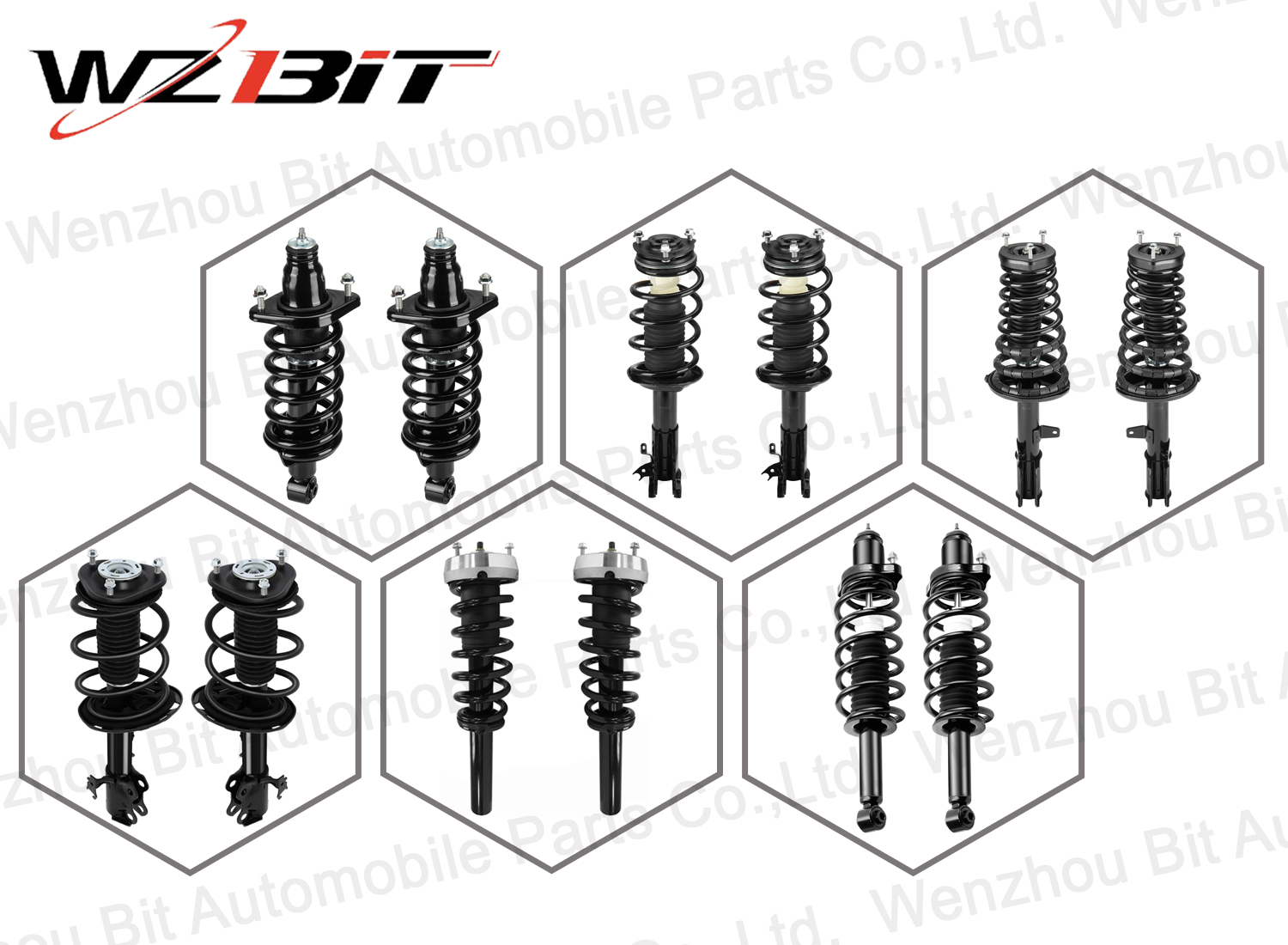
OE Number
| 1K0413031AE | 1K0413031AD | 1K0413031BJ | 1K0413031CJ | 1K0413031DJ | 1K0413031AE |
| 1K0413031AQ | 5R3413031J | 1K0413031BF | 1K0413031CK | 1K0413031BA | 1K0413031AD |
| 1K0413031AR | 5R3413031H | 1K0413031BH | 1K0413031CM | 1K0413031AT | 5C0413031BR |
| 1K0413031AS | 1K0413031AC | 1K0413031BG | 1K0413031CP | 1K0413031AJ | 5C0413031AM |
| 1K0413031DA | 5C0413031AQ | 1K0413031BH | 1K0413031CQ | 1K0413031AH | 5C0413031S |
| 1K0413031DL | 5C0413031AH | 1K0413031BG | 1K0413031CR | 1K0413031AF | 1K0413031AC |
| 1K0413031CT | 1K0413031AH | 1K0413031BJ | 1K0413031CS | 1K0413031BS | 1K0413031BL |
| 1K0412021JL | 1K0413031AT | 1K0413031BF | 1K0413031BC | 1K0413031CH | 1K0413031AF |
| 1K0413031AE | 1K0413031BA | 1K0413031BK | 1K0413031BB | 1K0413031CL | 1K0413031BE |
| 1K0413031BS | 1K0413031BB | 15390 | 1K0413031DE | 1K0413031CN | 1K0413031BE |
| 1K0413031AJ | 1K0413031BT | 1K0413031BT | 1K0413031DF | 1K0413031DK | 1K0413031DG |
| 5C0413031AH |
Compatible Applications
| AUDI A3 Convertible (8P7) (Year of Construction 04.2008 - 05.2013, 102 - 200 PS, Diesel, Petrol) |
| AUDI A3 Hatchback (8P1) (Year of Construction 05.2003 - 08.2012, 90 - 200 PS, Diesel, Petrol, Petrol/Ethanol) |
| AUDI A3 Sportback (8PA) (Year of Construction 09.2004 - 03.2013, 90 - 250 PS, Diesel, Petrol, Petrol/Ethanol) |
| SEAT Altea (5P1) (Year of Construction 03.2004 - ..., 86 - 200 PS, Diesel, Petrol, Petrol/Petroleum Gas (LPG)) |
| SEAT Altea XL (5P5, 5P8) (Year of Construction 10.2006 - ..., 86 - 211 PS, Diesel, Petrol, Petrol/Ethanol, Petrol/Petroleum Gas (LPG)) |
| SEAT Leon II Hatchback (1P1) (Year of Construction 05.2005 - 08.2013, 86 - 265 PS, Diesel, Petrol, Petrol/Ethanol, Petrol/Petroleum Gas (LPG)) |
| SEAT Toledo III (5P2) (Year of Construction 04.2004 - 05.2009, 86 - 200 PS, Diesel, Petrol) |
| SKODA Octavia II Combi (1Z5) (Year of Construction 02.2004 - 06.2013, 75 - 200 PS, Diesel, Petrol, Petrol/Ethanol, Petrol/Petroleum Gas (LPG)) |
| SKODA Octavia II Hatchback (1Z3) (Year of Construction 02.2004 - 06.2013, 75 - 200 PS, Diesel, Petrol, Petrol/Ethanol, Petrol/Petroleum Gas (LPG)) |
| SKODA Yeti (5L) (Year of Construction 05.2009 - 12.2017, 105 - 170 PS, Diesel, Petrol) |
| VW Beetle Convertible (5C7, 5C8) (Year of Construction 12.2011 - 07.2019, 105 - 220 PS, Diesel, Petrol) |
| VW Beetle Hatchback (5C1, 5C2) (Year of Construction 04.2011 - ..., 105 - 220 PS, Diesel, Petrol) |
| VW Caddy III Estate (2KB, 2KJ, 2CB, 2CJ) (Year of Construction 03.2004 - 05.2015, 65 - 170 PS, CNG, Diesel, Petrol, Petrol/Petroleum Gas (LPG)) |
| VW Caddy III Van (2KA, 2KH, 2CA, 2CH) (Year of Construction 03.2004 - 05.2015, 70 - 170 PS, CNG, Diesel, Petrol, Petrol/Petroleum Gas (LPG)) |
| VW Caddy IV Kombi (SAB, SAJ) (Year of Construction 05.2015 - ..., 75 - 150 PS, Diesel, Petrol) |
| VW Caddy IV Van (SAA, SAH) (Year of Construction 05.2015 - ..., 75 - 150 PS, Diesel, Petrol) |
| VW Golf Plus / Crossgolf (5M1, 521) (Year of Construction 12.2004 - 12.2013, 75 - 170 PS, Diesel, Petrol, Petrol/Ethanol, Petrol/Petroleum Gas (LPG)) |
| VW Golf V Hatchback (1K1) (Year of Construction 10.2003 - 11.2008, 75 - 170 PS, Diesel, Petrol, Petrol/Ethanol) |
| VW Golf V Variant (1K5) (Year of Construction 06.2007 - 07.2009, 80 - 200 PS, Diesel, Petrol, Petrol/Ethanol) |
| VW Golf VI Convertible (517) (Year of Construction 03.2011 - 05.2016, 105 - 220 PS, Diesel, Petrol) |
| VW Golf VI Hatchback (5K1) (Year of Construction 10.2008 - 11.2013, 80 - 270 PS, Diesel, Petrol, Petrol/Ethanol, Petrol/Petroleum Gas (LPG)) |
| VW Golf VI Variant (AJ5) (Year of Construction 07.2009 - 07.2014, 80 - 200 PS, Diesel, Petrol, Petrol/Ethanol, Petrol/Petroleum Gas (LPG)) |
| VW Jetta City Saloon (Year of Construction 09.2006 - 12.2009, 116 PS, Petrol) |
| VW Jetta Mk5 (1K) (Year of Construction 09.2004 - 10.2010, 90 - 200 PS, Diesel, Petrol, Petrol/Ethanol) |
| VW Jetta Mk6 (162, 163, AV3, AV2) (Year of Construction 04.2010 - ..., 86 - 211 PS, Diesel, Petrol, Petrol/Electro, Petrol/Ethanol) |
| VW Scirocco III (137, 138) (Year of Construction 05.2008 - 11.2017, 122 - 210 PS, Diesel, Petrol) |
Construction
A typical shock absorber consists of:
- Cylinder (Tube): The outer casing that contains hydraulic fluid or gas.
- Piston: A rod with a piston head that moves up and down inside the cylinder.
- Valves: Small openings in the piston head that regulate the flow of fluid or gas, providing resistance to the piston movement.
- Reservoir: An additional chamber that can contain fluid or gas, often found in high-performance or heavy-duty shock absorbers.
- Mounts: Rubber bushings or metal attachments at both ends of the shock absorber, connecting it to the vehicle's frame and suspension.
Operation
1. Impact Absorption: When the vehicle encounters a bump or dip, the springs compress and extend. The shock absorber’s piston moves within the cylinder, forcing fluid or gas through the valves.
2. Damping Oscillation: The controlled movement of fluid or gas through the valves provides resistance, dampening the oscillations of the springs and preventing excessive bouncing.
3. Stabilizing Ride: By controlling the spring oscillations, shock absorbers maintain tire contact with the road, improving traction, handling, and overall vehicle stability.
Importance
- Ride Comfort: Reduces the impact of road irregularities, ensuring a smoother ride for passengers.
- Vehicle Control: Enhances handling and stability by maintaining consistent tire contact with the road.
- Safety: Prevents excessive body roll, nose-diving during braking, and squatting during acceleration, contributing to safer driving dynamics.
- Longevity of Components: Reduces wear and tear on other suspension components by controlling the forces exerted on them.
Maintenance
Regular inspection and maintenance of shock absorbers are crucial for vehicle safety and performance:
- Visual Inspection: Check for signs of oil leaks, damage, or corrosion on the shock absorbers.
- Performance Monitoring: Notice any changes in ride quality, such as increased bouncing, nose-diving, or body roll, which may indicate worn shock absorbers.
- Tire Wear: Uneven or excessive tire wear can also be a sign of failing shock absorbers.
Replacement
If the shock absorbers show signs of wear, damage, or reduced performance, they should be replaced to maintain proper suspension function. Replacement typically involves:
1. Lifting the Vehicle: Safely raise and support the vehicle to access the shock absorbers.
2. Removing the Old Shock Absorber: Unbolt the shock absorber from its mounts on the suspension and vehicle frame.
3. Installing the New Shock Absorber: Align the new shock absorber with the mounting points and secure it with bolts, ensuring it is properly tightened to the manufacturer’s specifications.
4. Testing: Lower the vehicle and test drive to ensure the new shock absorbers provide the expected ride quality and handling.
In summary, shock absorbers are vital for absorbing road impacts, damping spring oscillations, and ensuring a smooth and stable ride. Regular inspection, maintenance, and timely replacement of shock absorbers are essential for maintaining vehicle safety, ride comfort, and overall suspension performance.
Send your message to us:






